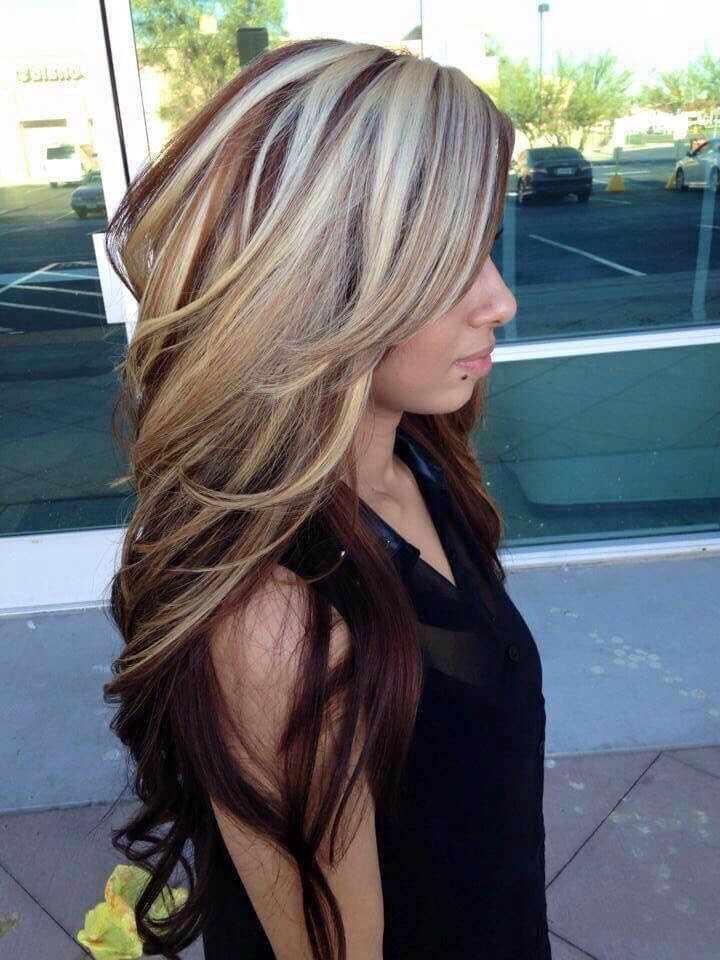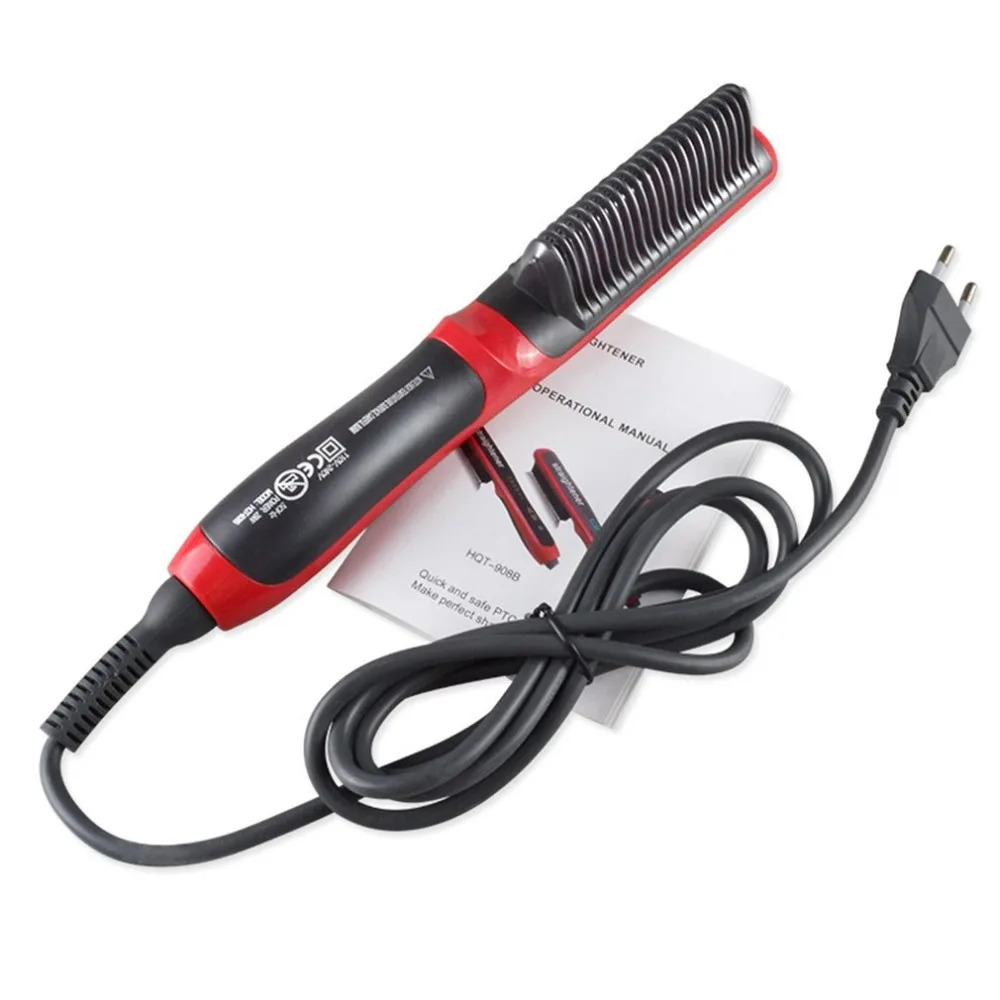Table Of Content

But this home remedy can do more harm than good, as it increases your chances of developing an infection and create more inflammation, she adds. Mixing baking soda (sodium bicarbonate) and coconut oil together into a homemade scrub can help remove dead skin cells that clog pores and aggravate ingrown hair problems. Also, the exfoliating action of baking soda can help to draw out hair that have curled around and grown back into the skin. The antibacterial effect of coconut oil helps to remove infection-causing bacteria from open hair follicles.
How to remove pubic hair permanently at home
If the ingrown hair is near the surface of the skin, a person may be able to use sterile tweezers to gently pull the hair out. Here are some frequently asked questions about ingrown pubic hair. It is important to avoid squeezing or picking at ingrown hairs, as this can lead to infection. To remove an ingrown hair, a person should use sterilized tweezers, and only once the hair is close to the surface of the skin.
Infected ingrown hair treatment
"Often, some of the astringents people put on [an ingrown hair] further burn and damage the skin, so I try to encourage people to let their body do its healing." A person with an ingrown hair or resulting cyst should avoid scratching, picking, or squeezing it. When people wax or shave, they only remove the strands of hair, not the follicles. It will not have a visible head and may be red, white, or yellow. Prevent future ingrown hairs with safe shave practices or use electric clippers designed for the pubic area instead. For this reason, ingrown hairs and the scars they may cause are more likely to happen in areas that are shaved, waxed, or tweezed.
Ingrown hair can be fatal: How a US man went into coma, giving him 4% survival chance - Firstpost
Ingrown hair can be fatal: How a US man went into coma, giving him 4% survival chance.
Posted: Thu, 21 Mar 2024 07:00:00 GMT [source]
Choose the right razor for your pubic area
Avoid squeezing ingrown pubic hair cysts, as it can damage the skin and increase the risk of scarring. It also increases the chance of bacteria entering the wound and causing infection. Ingrown pubic hairs often resolve without treatment, so people should wait a while before tackling them. If a person shaves the area, they should avoid doing so for a few days.
Don't Self-Diagnose. Experts Explain the Real Reason You Have a Bump Near Your Vagina - Yahoo New Zealand News
Don't Self-Diagnose. Experts Explain the Real Reason You Have a Bump Near Your Vagina.
Posted: Mon, 22 Apr 2024 04:08:00 GMT [source]
Do Ingrown Hairs Go Down on Their Own?
A doctor may only recommend treatment if the cyst seems infected or is causing issues such as pain. If you have acne-prone skin that breaks out in pimples and sore pustules, you can check out my article on the best essential oils for acne. You also want to call a doctor if the bump is large, painful and contains pus, which is another indication of infection.
However, you may need to see a healthcare provider to treat an ingrown hair cyst that's hard to get rid of. You may be able to treat ingrown hair with OTC products and home remedies. Some habits, such as using a clean razor to shave, may help prevent future ingrown hairs. A nongreasy moisturizer can get reduce dead skin cells, which often clog follicles and contribute to ingrown hairs. If the ingrown pubic hair gets infected, the bumps may be painful and filled with pus. An ingrown pubic hair cyst can develop anywhere in the pubic area.
Complete Your Shaving Routine

This method will only work if you have one or two ingrown hairs and no other symptoms. If you have more severe symptoms or widespread razor bumps, it’s better to wait for the condition to resolve on its own or reach out to a healthcare provider. Ingrown hairs can be treated by stopping shaving, removing the hair follicle, or applying topical medication. Learn more about treatment options for ingrown hairs, as well as prevention tips and when to see a healthcare provider.

This will allow you to grasp only the hair and avoid damaging your skin. If bacteria or other pathogens enter the skin, an infection can develop, leading to a painful bump. If they persist, recur, or are severe, consider speaking with a doctor. Infected ingrown hairs can be uncomfortable, but most clear up on their own in 7–10 days with good hygiene.
If you have dark skin or pale skin, you may also want to see a specialist who uses tools or treatments that are suited for your melanin. Using treatments that aren’t meant for your skin color may not work or end up causing scarring or color changes that aren’t always treatable. There’s plenty you can try at home to shape or shave your pubic hair, but remember that none of them are permanent. A moisturiser for your pubic area is ideal for post-shaving in order to hydrate the skin on your bikini line and decrease the chances of irritation. Dermatologist Sherrie Bullard, MD, shares safe ways to get rid of ingrown hairs and how to prevent them from happening. A doctor will examine the area and may prescribe an antibiotic ointment.
When you shave, the shortened hair can curl back and grow into your skin. Coarse or curly hairs are most likely to grow inward, but this can happen with any hair type. Gently rub a warm, wet washcloth in a circular motion around the area to help exfoliate the skin. This will allow the trapped hair a better chance at coming to the surface. Other hair-removal methods, such as waxing or tweezing, can lead to ingrowns, too. Every article on Health Guide goes through rigorous fact-checking by our team of medical reviewers.
Explore all you need to know about what causes ingrown pubic to occur, how to prevent them from occurring, and how to treat ingrown pubic hair if you have them. If you have ingrown pubic hair and you don’t know what to do, read through our guide and explore Venus’ line of pubic hair care products. Once you're done shaving, Dr. Marmur suggests turning to these AHA and BHA-infused pads as a second step to help prevent ingrown hairs all over the body (yes, even the pubic area). "The chemical exfoliants in these help get rid of dead skin, which can stop ingrown hairs from initially forming," she says.
However, if the ingrown hair causes a follicle to become an infected swollen bump, there are many effective home remedies to soothe the inflammation and infection. You can also use baking soda or sugar with natural oils to make your own exfoliating scrub to help remove dead skin cells and lift out the ingrown hair out of the skin to get rid of it. Ingrown pubic hair commonly appear around the genital area, or the bikini line after removing hair by shaving, waxing, or plucking. Sometimes, when your hair regrows it doesn’t break through the skin, instead, it curls around and grows back into the skin.
Ingrown hair cysts are not the same thing as cystic acne, which are bumps that form under a skin follicle when there is a buildup of bacteria, oil, and dead skin cells. Below are frequently asked questions relating to ingrown pubic hairs. An area with ingrown hairs may have little reddish bumps that may itch. It might be possible to see the hair trapped within the skin. Ingrown hairs in the pubic area can form cysts — sacs of fluid beneath the skin.
This can happen anywhere on the body where there is hair, but it is more common in areas that are shaved or experience friction, like the face, legs, armpits, and pubic region. When ingrown hairs occur in the pubic area, they are known as ingrown pubic hairs. Ingrown pubic hairs occur when the tip of the hair grows back underneath the skin, which can often cause pain and irritation.
Though these conditions look somewhat similar and can both be unpleasant, true folliculitis is specifically an infection of the hair follicle. If a hair picks up a bacteria from the skin’s surface before reentering, pseudofolliculitis can cause true folliculitis. One thing is for certain – the struggle against ingrown hairs is real for those who shave, wax and pluck. If you experience any irritation, then best to leave your nethers alone.











